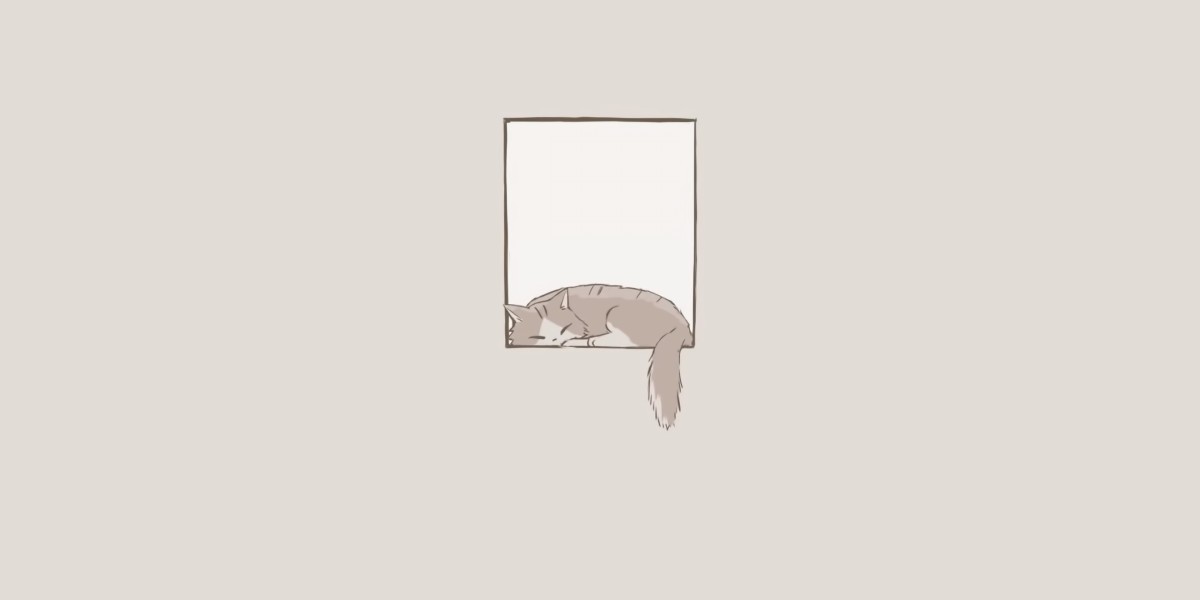Insurance companies do not tend to differentiate between cosmeticians and cosmetologists when it comes to providing professional liability insurance. The difference is actually important, and should be reflected in the insurance policies provided to cover professional liability insurance.
The concept of professional liability insurance is that it is provided to professionals only. The basics of professional liability insurance is to cover malpractice or the unfortunate results of the excellent practice of well trained and certified professionals, who acquired their certification according to high standards and well-known institutions. This should have led the insurance industry to prefer the higher trained professionals, and in the beauty field these are the cosmetologists.
What differentiates between cosmeticians and cosmetologists is that a cosmetician is someone who sells or applies cosmetics or works in a beauty parlor, while cosmetologists are experts in the use of cosmetics, or beauty specialists.
Not everyone will agree with the different definitions, and we received many responses claiming that the difference is the need of the cosmeticians to improve their public image and, not necessarily the result of better education or expertise.
The first use of cosmetics was in ancient Egypt. The Egyptians created a number of cosmetics: oils, herbs, fragrances for both beauty and religious purposes. Both women and men would use kohl (a black powder kept in a small jar) to outline their eyes and eyebrows. Throughout history, there has been a constant, consistent increase in the use of cosmetics, and the cosmetician's profession was increasingly in demand, with ever-growing status for not just a professional, but for an artist.
The increase in the cost of cosmetics along with the increase in public awareness to consumerism has created the need for protection of the cosmetician from public lawsuit in more complex ways than ever.
Professional liability insurance used to be the main answer to the needs of the cosmetician, but nowadays, this excellent coverage provides only a fraction of the protection required by the cosmetician of the 21st century: The use of applied products and the development of consumer protection laws has elevated the need to provide protection from lawsuits involving the products used (and many cosmeticians still use self-made products, and cannot rely on product liability of a manufacturer). The emergence of hair and beauty salons has created the need to include public or general liability as well, and in the age of gender awareness, a certain protection is required against discrimination and gender harassment.
It is an opportunity, both for the insurance world and for the professionals in the beauty industry to recognize the potential of cosmetologists and to elevate the level of professionals in the beauty industry. Better training, regulated education and instruction, continuous updating – all these will create a better environment for cosmeticians and their customers, and will forge a broader way for protection solutions by the insurance industry.
Today, people are much more aware of their looks. They purchase expensive products, pay a lot for beauty treatments and expect their cosmetician or cosmetologist to be a highly trained and excellent practitioner. The insurance world will either go with this trend and support the enhancement of the beauty practitioners' professionalism or will pay the price of old fashioned protection products. The one who will pay the price in this case may very well be the cosmetician who did not continue to develop professionally.







